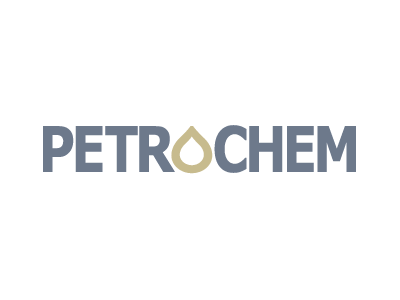We are proud to announce the three candidates of the Industrial Energy Enlightenmentz Award 2019. Antecy, SoundEnergy and Gelion will pitch during the European Industry & Energy Summit 2019 on Tuesday 10 December in Amsterdam. We give you a brief introduction of the technology by which these innovators are going to help the industry to limit their CO2 emissions. Register immediately for the most complete industry and energy conference of the year and vote for your favorite innovation.
Antecy / Climeworks – Direct Air Capture CO2
The technology of direct air capture (DAC) is fairly simple: a fan directs an air flow past an adsorbent, after which it is enriched with carbon dioxide. When the adsorbent is saturated, it is heated so that it releases the CO2. Commonly used adsorbents are alkanolamines such as monoethanolamine (MEA), diethanolamine (DEA) and methyl diethanolamine (MDEA).
Antecy developed a solid adsorbent based on potassium bicarbonate, a well-known food additive. The potassium salt, also known as potassium hydrogen carbonate, is very hygroscopic, that is: it attracts and retains water. That quality makes it ideal for adsorbing CO2 out of the air. Even better is the fact that the salt releases it’s load of CO2 at relatively low temperatures.
Robert Rosa, business developer at Antecy, indicates that the main benefits of the solid, non-amine absorbent are lower costs and less degradation. Rosa: “Regeneration of the saturated potassium bicarbonate occurs at temperatures from eighty degrees Celsius. If a Direct Air Capture installation is built near the industry, it can use residual heat for the regeneration process. Or else solar heat would also be an option. Moreover, at that low temperature it is not necessary to actively cool, but the ambient temperature is sufficient. So you save energy on two sides.”
SoundEnergy – thermo-acoustic cooling
The thermo-acoustic heat pump was a great promise for years. Soundenergy is now launching a commercial product that uses the principle to convert residual heat into cooling. The potential in the industry is enormous and the first customers use all ready their residual heat to cool buildings.
CEO of Soundenergy Herbert Berkhout: “The crux of our thermoacoustic heat pump is that there are hardly any rotating parts in it. Simply put, you use a pressure vessel with Argon to which you add heat. Just as a balloon expands when it becomes warm, a pressure difference also occurs in the pressure vessel. The potential of the thermal energy has thus been converted into mechanical energy. Like with a speaker, that energy sets a sound wave in motion.
By constantly allowing the gas to cool through the environment and heating it with residual heat, you strengthen the pulse. We use two cylinders that continue to reinforce each other, creating a feedback loop. Then we use two other cylinders in the Teac-25 that use the acoustic energy to produce cold. In this way the system offers a cooling capacity of 25 kilowatts while only residual heat enters.
Gelion – Reinventing Zinc Bromide Batteries
Gelion has transformed the Zinc Bromide redox flow-battery technology into a more conventional stationary architecture. Instead of a pumped battery system with tanks and moving parts, the chemistry can be a self-contained block, like a Lead acid or Alkaline cell. This results in a consumer-friendly package that is much more economical, scalable and maintenance friendly, whilst retaining all the benefits of the Zinc Bromide technology.
Key to the technology is its ability to fully discharge to 0V: great for deep discharge cycling and energy shifting applications. This attribute greatly improves electrical safety as transport, installation and maintenance can all be performed at no electrical potential. Additionally, this enables the battery to chemically “reset” during a full discharge, resulting in remote maintenance, abuse tolerance and expected long life-time in demanding applications. Gelion’s first product iteration is aimed at the stationary energy storage market, ideally used to store large amounts of surplus renewable energy to firm supply by discharging when required. By varying the battery design, Gelion can alter the Zinc Bromide characteristics for higher power and greater capacitance to service other markets.
Other benefits of Gelion’s Zinc Bromide technology include: high fire safety; abundance of large reserves of active materials; and, ease of recyclability. Fire safety is due to the presence of Bromine, which is commonly used in fire retardant materials. When used in a battery, the cells become virtually fire-proof. Abundance of the active materials, Zinc and Bromine is critical: Zinc is one of the most abundant metals on earth and large amounts of Bromine are contained with brine deposits, such as the Dead Sea. The main materials used in Gelion’s Endure battery are: salts, plastics and carbons. Once discharged, these are all inert, non-toxic and safe, enabling cells to be disassembled via a conventional grinding process and the materials reclaimed as battery feedstock or recycled. Overall, Gelion expects that it’s batteries will be one the safest and easiest to recover at end of life.


